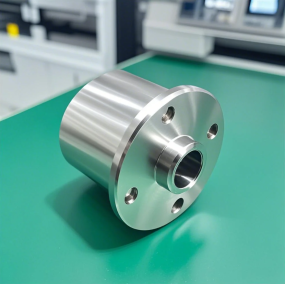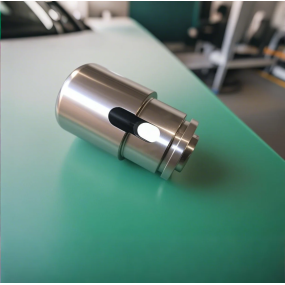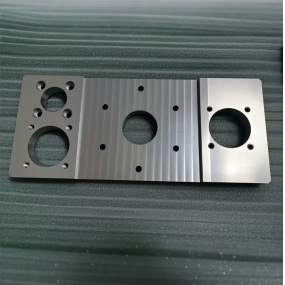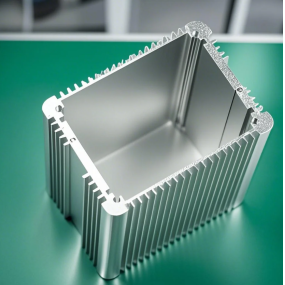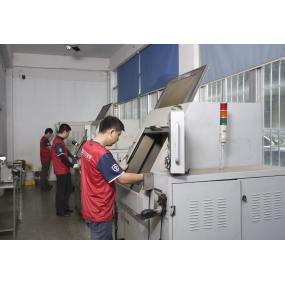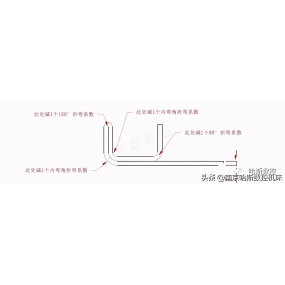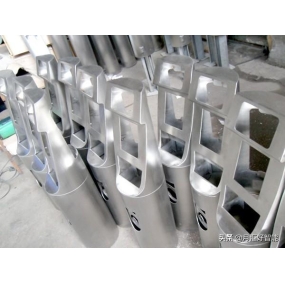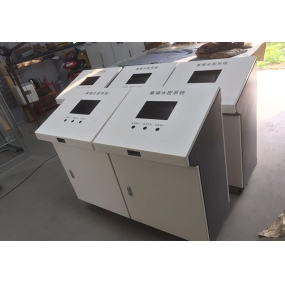Numerical control five axis machining is an efficient and precise machining technology widely used in aviation, aerospace, automotive, mold and other fields. The working principle of CNC five axis machining can be clearly summarized as follows: 1. Basic coordinate system In CNC five axis machining, according to ISO regulations, a right-handed Cartesian coordinate system is used to describe the motion of the CNC machine tool. Among them, the coordinate axis parallel to the main axis is defined as the Z axis, and the rotation coordinates around the X, Y, and Z axes are A, B, and C, respectively. The motion of each coordinate axis (X, Y, Z, A, B, C) can be achieved by the movement of the worktable or tool, but the direction is defined by the relative motion direction of the tool to the workpiece. Usually, five axis linkage refers to linear interpolation motion of any five coordinates in X, Y, Z, A, B, and C. In other words, five axis machining includes a combination of three moving axes (X, Y, Z) and any two rotating axes (such as A and C axes). 3、 2. Tool control and positioning: The spindle of a CNC five axis machine tool can control the rotation of the tool. By accurately positioning and controlling the spindle speed, different positions of the workpiece can be machined Coordinate system control can achieve three-dimensional movement of the tool on the workpiece by controlling the X, Y, and Z axes. The X-axis controls the movement of the tool in the horizontal direction, the Y-axis controls the movement of the tool in the direction perpendicular to the X-axis, and the Z-axis controls the movement of the tool in the direction perpendicular to the XY plane The control of rotation axes (such as A and C axes) enables the tool to rotate at different angles, thereby achieving the machining of complex surfaces on workpieces. The A-axis usually controls the rotation of the tool around the X-axis, while the C-axis controls the rotation of the tool around the Z-axis The machining path planning CNC system controls the movement of each axis's stepper motor or servo motor through a computer based on a pre programmed machining program, thereby achieving control over the machining of the workpiece. This includes precise calculation and planning of the tool path, ensuring that the tool can be machined according to the predetermined path. 4、 In order to ensure the accuracy and quality of machining, CNC five axis machine tools are usually equipped with high-precision measurement systems that can monitor the position and size of the workpiece in real time. Through feedback from the measurement system, the CNC system can make corresponding adjustments to ensure the accuracy of machining.
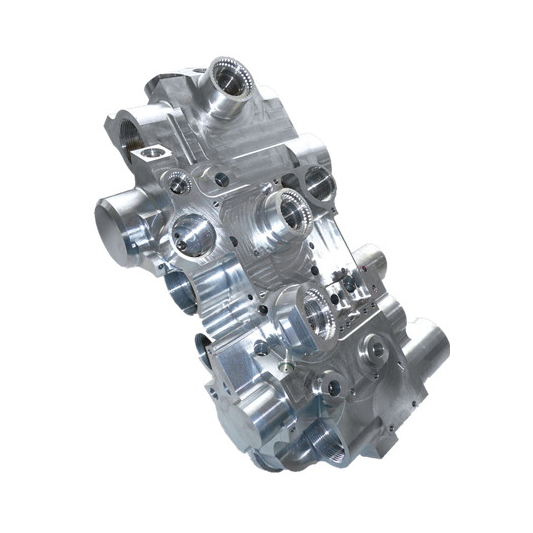


 Spanish
Spanish Arabic
Arabic French
French Portuguese
Portuguese Belarusian
Belarusian Japanese
Japanese Russian
Russian Malay
Malay Icelandic
Icelandic Bulgarian
Bulgarian Azerbaijani
Azerbaijani Estonian
Estonian Irish
Irish Polish
Polish Persian
Persian Boolean
Boolean Danish
Danish German
German Filipino
Filipino Finnish
Finnish Korean
Korean Dutch
Dutch Galician
Galician Catalan
Catalan Czech
Czech Croatian
Croatian Latin
Latin Latvian
Latvian Romanian
Romanian Maltese
Maltese Macedonian
Macedonian Norwegian
Norwegian Swedish
Swedish Serbian
Serbian Slovak
Slovak Slovenian
Slovenian Swahili
Swahili Thai
Thai Turkish
Turkish Welsh
Welsh Urdu
Urdu Ukrainian
Ukrainian Greek
Greek Hungarian
Hungarian Italian
Italian Yiddish
Yiddish Indonesian
Indonesian Vietnamese
Vietnamese Haitian Creole
Haitian Creole Spanish Basque
Spanish Basque

